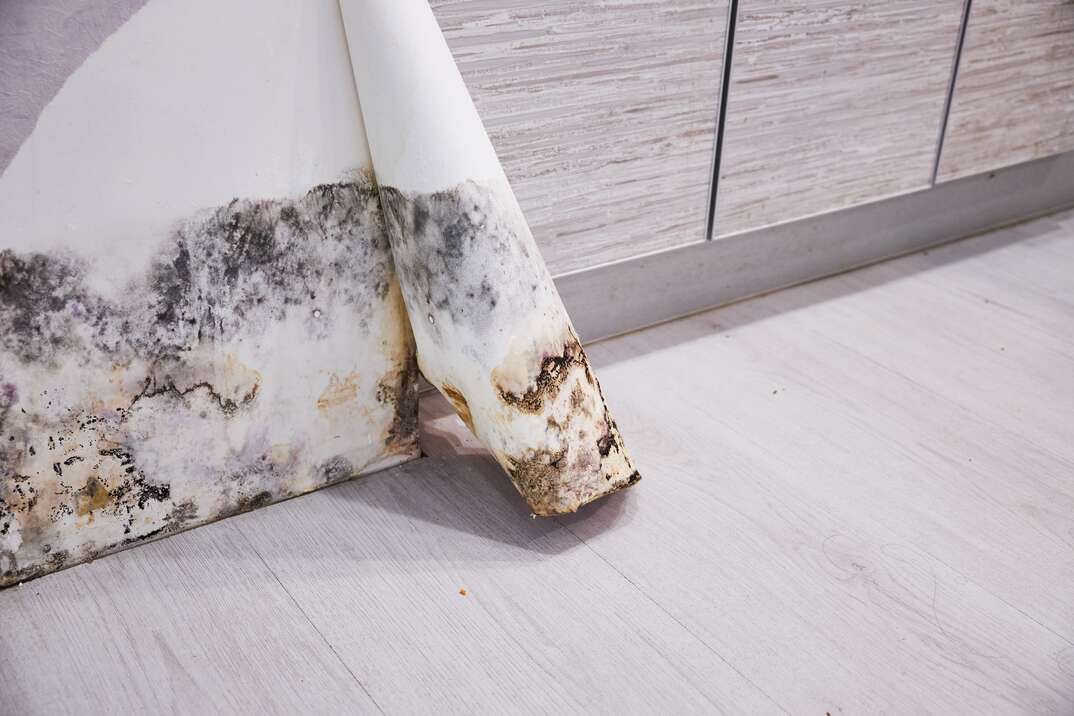Effective Article Mold Remediation Solutions for Your Home
Mold growth in homes can be a consistent concern, typically requiring a methodical approach for effective post-remediation options. From comprehending the factors that contribute to mold and mildew growth to applying appropriate cleaning strategies and wetness control steps, the process can be intricate yet crucial for keeping a healthy and balanced living setting. Post Mold remediation cleaning.
Comprehending Mold Growth Elements
The key element contributing to mold and mildew development is wetness. Mold and mildew spores need wetness to grow and sprout, making damp or humid environments highly at risk to mold and mildew problems.

Furthermore, air movement and light exposure can impact mold growth. Areas that lack proper air flow and natural light are more prone to mold and mildew advancement. By dealing with these factors thoroughly, individuals can effectively alleviate mold growth and secure their living atmospheres.
Proper Mold Cleaning Techniques
Using efficient cleansing methods is important in stopping the reappearance and attending to of mold contamination in indoor atmospheres. The first action in proper mold cleansing is to consist of the damaged area to stop the spread of spores to uncontaminated areas.

Executing Wetness Control Steps
To efficiently avoid mold growth and contamination in indoor environments, implementing wetness control steps is extremely important. Moisture is the key aspect that gas mold and mildew advancement, making it critical to handle humidity levels within the home. One reliable action is to make use of dehumidifiers to keep interior humidity levels below 60%. In addition, making sure correct ventilation in locations vulnerable to moisture buildup, such as restrooms and cooking areas, can help in reducing the risk of mold development. Regularly evaluating and repairing any kind of leaks in pipes, roof coverings, or windows is additionally important in avoiding excess dampness accumulation. Making use of exhaust fans while cooking or bathing, and allowing air flow by keeping furniture a little far from walls can help in wetness control. Making use of moisture-resistant materials in high-humidity locations, such as mold-resistant drywall and paints, can be useful. By diligently implementing these wetness control measures, property owners can effectively minimize the likelihood of mold and mildew recontamination and preserve a healthy indoor environment.
Making Use Of Natural Removal Solutions
After effectively implementing wetness control measures to avoid mold development in indoor atmospheres, homeowners can currently discover the effectiveness of natural remediation services in preserving a healthy and balanced space. All-natural remediation remedies use eco friendly methods to fight mold and mildew and mildew, making them a preferred selection for those looking for safe choices. One such option is making use of vinegar, an all-natural antimicrobial agent, to disinfect and tidy surfaces contaminated by mold. Simply weaken vinegar with water Learn More and spray it onto the affected locations, enabling it to rest for a couple of hours before wiping tidy. In addition, tea tree oil, recognized for its antifungal residential or commercial properties, can be blended with water and sprayed onto mold-infested surface areas to hinder more growth. An additional natural alternative is hydrogen peroxide, which can successfully kill mold and mildew on numerous surfaces without leaving dangerous residues behind. By including these natural remediation solutions right into their cleansing regimens, homeowners can effectively combat mold and mildew growth while promoting a healthier indoor environment for themselves and their families.

Keeping a Mold-Free Environment
Frequently inspecting areas prone to mold and mildew growth, such as restrooms, basements, attics, and kitchens, is essential. Correct air flow in areas with high humidity degrees is likewise key to protecting against mold development.
In addition, maintaining sanitation in the home is important for mold and mildew prevention. Frequently cleaning and dusting surface areas, carpets, and furniture can aid remove mold spores before they have a chance to settle and increase. Making use of mold-resistant items for building products and furnishings can additionally help in producing a mold-free atmosphere. Maintaining indoor plants in check and ensuring appropriate drainage in outside landscape design can lessen wetness build-up, decreasing the probability of mold and mildew infestations. my explanation By complying with these proactive upkeep techniques, home owners can successfully support a mold-free space.
Conclusion
In final thought, it is essential to attend to mold growth elements, use appropriate cleaning strategies, carry out dampness control steps, make use of all-natural removal options, and maintain a mold-free atmosphere in order to efficiently take care of article mold and mildew removal in your home - testing air quality after mold remediation. By adhering to these techniques, you can prevent mold and mildew from recurring and guarantee a healthy living environment for you and your family
The key aspect adding to mold development is wetness. Mold spores require dampness to sprout and thrive, making damp or moist settings highly at risk to mold problems.To properly protect against mold development and contamination in indoor environments, applying moisture control steps is paramount. Furthermore, guaranteeing proper air flow in areas susceptible to moisture build-up, such see this website as cooking areas and washrooms, can assist lower the threat of mold development.After effectively implementing moisture control procedures to avoid mold and mildew growth in interior environments, house owners can currently check out the effectiveness of natural removal solutions in preserving a healthy living area.